E-commerce Growth
The rapid expansion of e-commerce in South Korea is significantly influencing the 2d barcode-reader market. With online shopping becoming increasingly popular, businesses are adopting barcode scanning technology to manage logistics and inventory more effectively. The e-commerce sector is projected to reach a market value of $30 billion by the end of 2025, necessitating efficient tracking and management of products. Barcode readers facilitate real-time inventory updates and order fulfillment processes, which are crucial for maintaining customer satisfaction in a competitive online marketplace. Consequently, the growth of e-commerce is expected to drive demand for 2d barcode readers, as companies seek to optimize their operations and enhance their service offerings.
Manufacturing Efficiency
The manufacturing sector in South Korea is increasingly focusing on enhancing operational efficiency through automation and technology integration. The The 2D Barcode Reader Market is poised to benefit from this trend., as manufacturers adopt barcode scanning solutions to streamline production processes and improve supply chain management. In 2025, the manufacturing industry is projected to allocate approximately $2 billion towards technological advancements, including barcode systems. These devices enable real-time tracking of materials and products, reducing errors and increasing productivity. As manufacturers seek to optimize their operations and reduce costs, the demand for 2d barcode readers is likely to grow, reflecting the industry's commitment to innovation and efficiency.
Increased Retail Adoption
The retail sector in South Korea is experiencing a notable shift towards the integration of advanced technologies, including the 2d barcode-reader market. Retailers are increasingly adopting these devices to enhance operational efficiency and improve customer experience. The convenience of scanning products quickly at checkout and managing inventory effectively is driving this trend. In 2025, the retail industry is projected to invest approximately $1.5 billion in technology upgrades, with a significant portion allocated to barcode scanning solutions. This investment is expected to boost the 2d barcode-reader market, as retailers seek to streamline operations and reduce wait times for customers. As a result, the demand for 2d barcode readers is likely to grow, reflecting the broader trend of digital transformation within the retail landscape.
Healthcare Sector Innovations
The healthcare industry in South Korea is undergoing significant innovations, particularly in the adoption of technology to improve patient care and operational efficiency. The 2d barcode-reader market is benefiting from this trend, as healthcare providers increasingly utilize barcode scanning for medication management, patient identification, and inventory control. In 2025, the healthcare sector is anticipated to invest around $500 million in technology solutions, with a substantial portion directed towards barcode systems. This investment is likely to enhance the accuracy of patient care and streamline hospital operations, thereby driving the growth of the 2d barcode-reader market. As healthcare facilities prioritize safety and efficiency, the demand for these devices is expected to rise.
Logistics and Supply Chain Optimization
The logistics and supply chain sector in South Korea is undergoing a transformation, driven by the need for greater efficiency and accuracy in operations. The 2d barcode-reader market is experiencing growth as companies adopt these technologies to enhance tracking and management of goods. In 2025, the logistics industry is expected to invest around $1 billion in technology solutions, with barcode scanning systems playing a crucial role in inventory management and shipment tracking. The ability to quickly scan and process items reduces delays and improves overall supply chain performance. As businesses strive for operational excellence, the demand for 2d barcode readers is likely to increase, reflecting the sector's focus on modernization and efficiency.



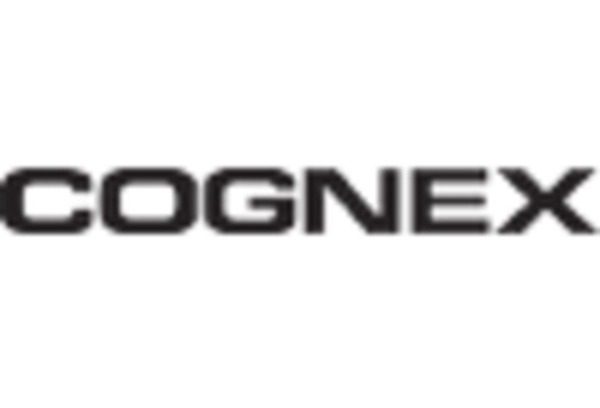
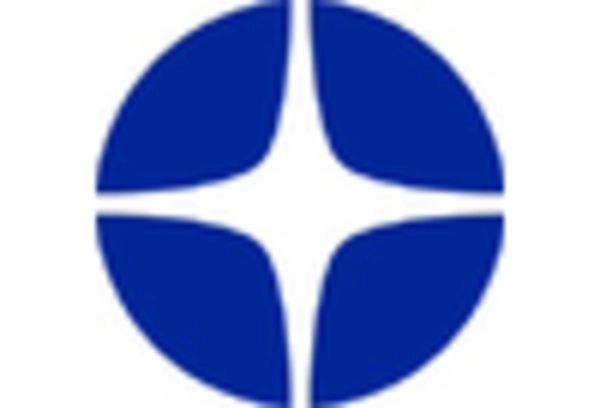
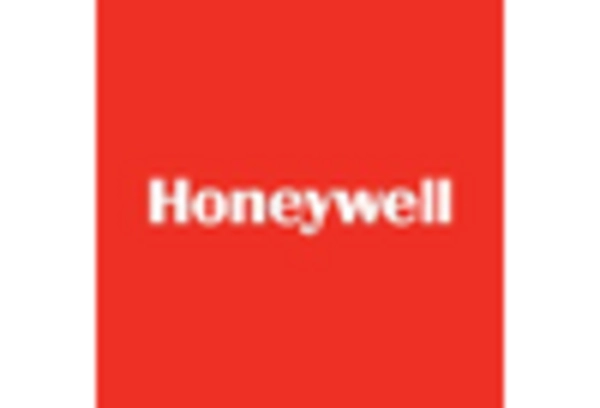
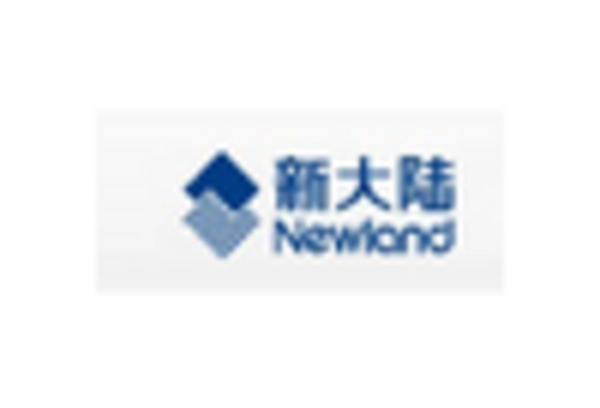
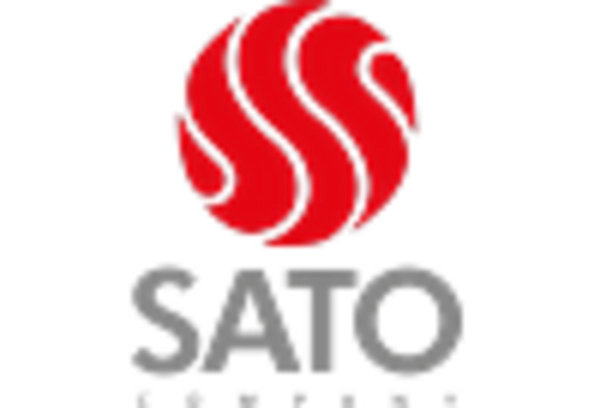
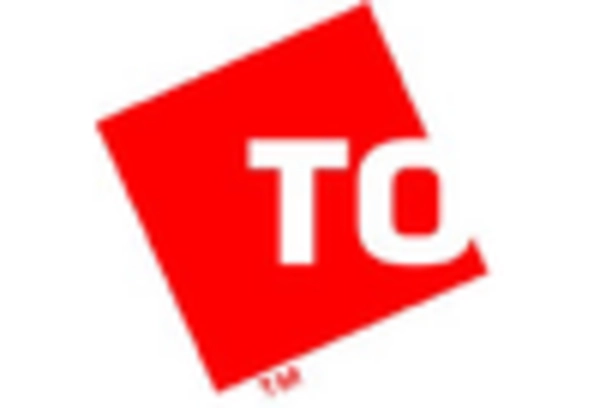
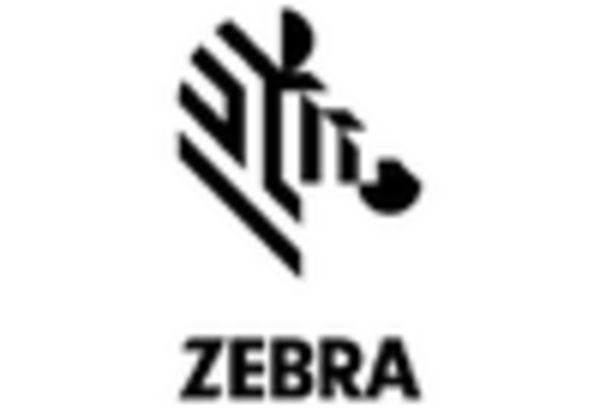








Leave a Comment